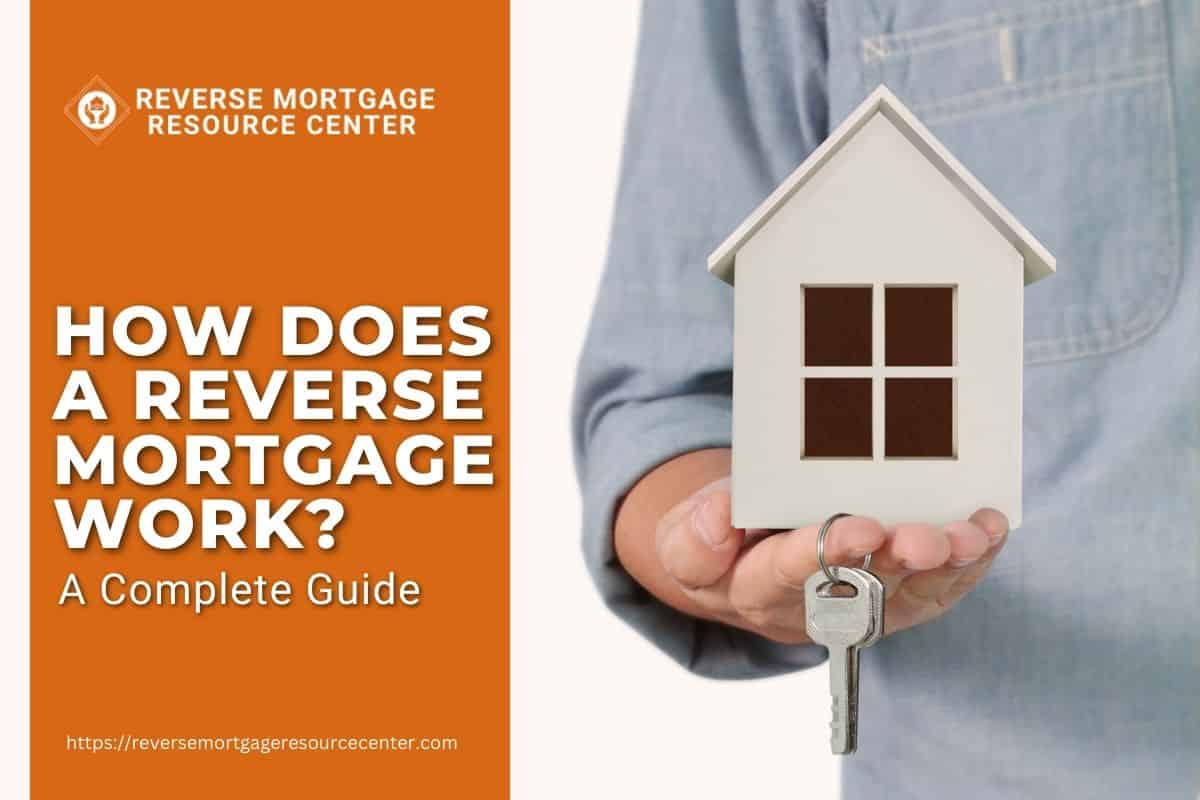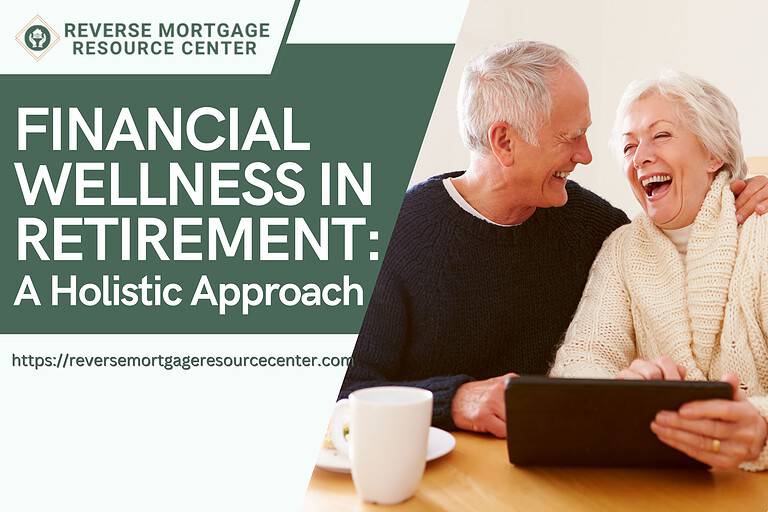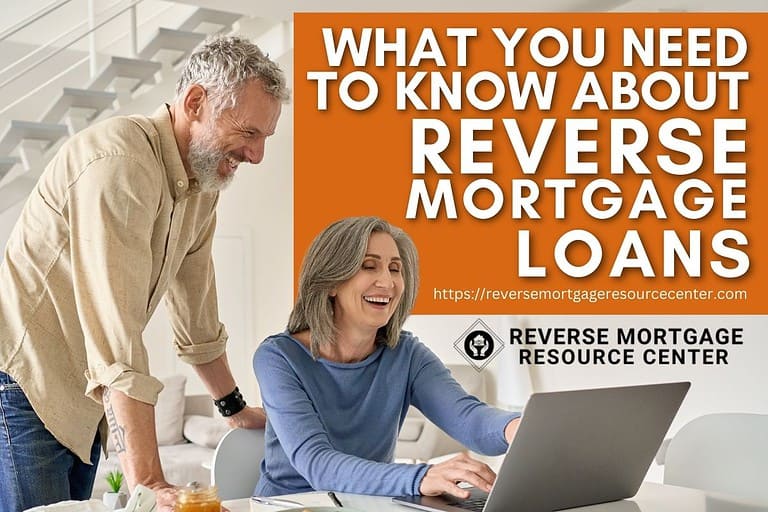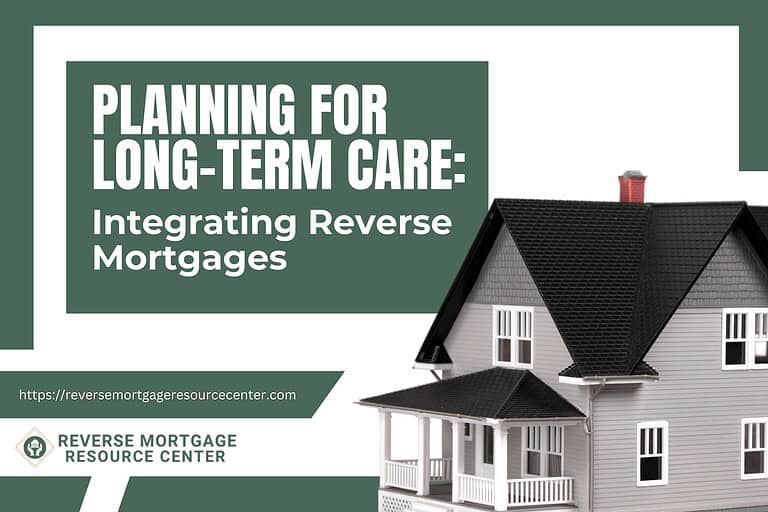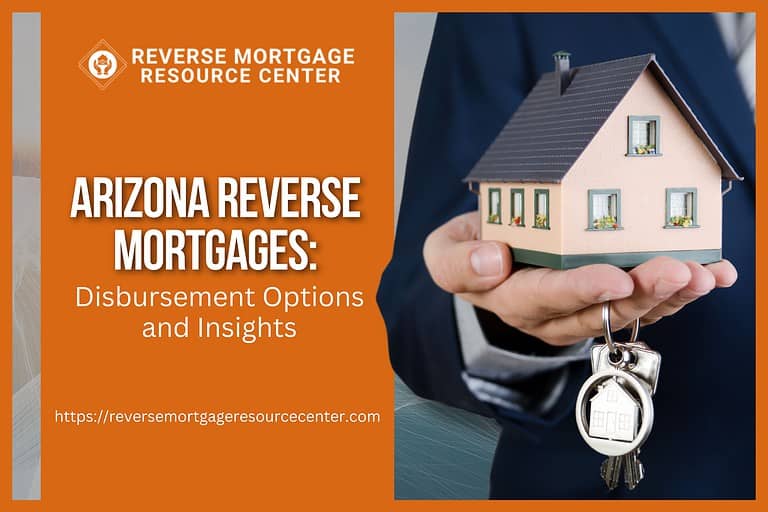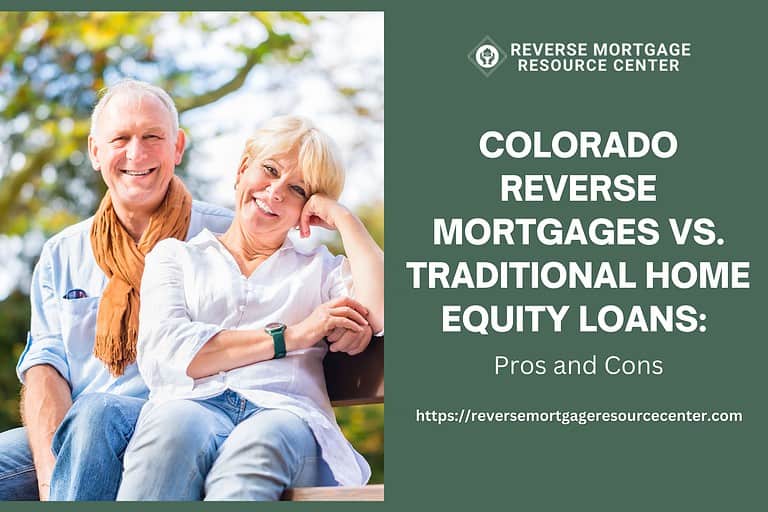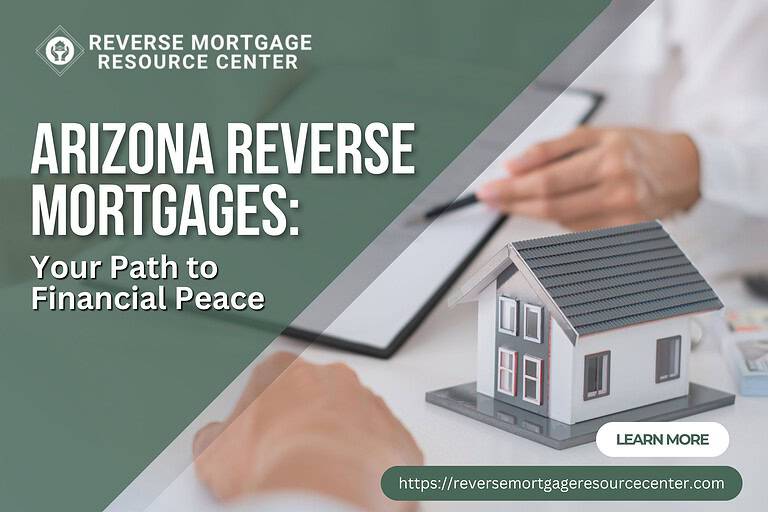How Does a Reverse Mortgage Work? A Complete Guide
Are you a senior citizen looking to access the equity in your home without having to sell it? Or maybe you’re a caregiver exploring options to help your loved one access additional funds for retirement. A reverse mortgage may be the answer you’re looking for. But how does it work?
In this post, we’ll look at the ins and outs of a reverse mortgage, including eligibility requirements, how the loan is calculated and received, and repayment options.
Whether you’re considering applying for a reverse mortgage or just curious about how it works, this outline will provide you with a comprehensive understanding of the process.
How Does a Reverse Mortgage Work?
A reverse mortgage loan enables homeowners 62 and older to access the home equity in their property without selling it. Instead of making regular monthly payments to the lender, the lender provides funds to the borrower either in a lump sum or as a line of credit. The borrower’s home secures the loan, and the lender holds a lien on the property.
The borrower retains ownership of the property throughout the loan term and is responsible for maintaining and insuring it. The funds from the loan can be used for any purpose, including home repairs, medical costs, or to supplement retirement income.
One of the best aspects of a reverse mortgage is that the loan does not have to be repaid until the borrower no longer uses the property as his or her primary residence, or passes away. This means that the borrower can continue to live in their home and enjoy the benefits of homeownership while also accessing the equity in their property. It’s a win-win situation!
What Are the Eligibility Requirements for a Reverse Mortgage?
When determining eligibility for a reverse mortgage, several important criteria exist. These consist of the following:
- Age: A reverse mortgage is only available to people over the age of 62. This is because the loan is designed to help seniors access home equity in order to supplement their retirement income.
- Property: The borrower’s principal residence must be a single-family house, a two- to four-unit home, a condominium, or a mobile home.
- Income and Credit Score: There are no income or credit score criteria to qualify for a reverse mortgage. The borrower must, however, be able to continue paying property taxes and insurance and maintain the property.
Notably, these are the basic qualifying criteria for a reverse mortgage; variances may be based on the kind of reverse mortgage program you choose and the lender you engage with. Therefore, contacting a specialist and comprehending the loan’s terms and conditions is vital to guarantee that you make the best selection for your specific circumstances.
How the Loan Is Calculated
When it comes to calculating a reverse mortgage loan, a number of variables must be considered. One of the most crucial considerations is the property’s value. An appraiser will establish the property’s value. The loan amount will be determined by a proportion of the property’s assessed worth, the age of the youngest borrower, and the current interest rate.
The type of reverse mortgage you pick is also a crucial consideration. There are three main forms of reverse mortgages:
- The home equity conversion mortgage (HECM)
- The reverse mortgage has a particular purpose
- The proprietary reverse mortgage
Before making a selection, it is essential to understand the variations in the terms and conditions of each type and how they are calculated differently.
The interest rate, whether fixed or variable, also has a considerable impact on loan amount. The loan amount you may borrow and the total amount of interest you will pay throughout a loan can be affected by interest rates.
Noting that the loan amount may be less than the entire equity in the property is vital, as is understanding the loan’s terms and conditions to ensure you’re making the best selection for your specific scenario.
How the Funds are Disbursed
There are various alternatives open to consumers when it comes to receiving distributions of the loan proceeds. A lump-sum payment is the most usual method of receiving the loan. This indicates that the borrower gets the whole loan amount in a single lump payment that may be utilized for any purpose.
A home equity line of credit is another alternative for receiving distributions from the loan proceeds. This indicates that the borrower has access to the funds as needed, similar to a credit card. This option may be particularly useful for borrowers uncertain about their future needs and who want the freedom to utilize the funds as they see appropriate.
Acquiring the loan via a combination of the two options is also possible. A “modified tenure” plan is one in which the borrower gets a lump disbursement at closing and has access to a line of credit for the loan balance.
Lastly, some reverse mortgages provide a “tenure” plan, in which funds are disbursed to the borrower in equal monthly payments for as long as they continue to dwell in the property as their primary residence. This option is perfect for borrowers seeking a regular flow of funds to augment their retirement income.
Notably, how the loan proceeds are received is a significant issue to consider when selecting a reverse mortgage, and it’s crucial to understand the loan’s terms and conditions to ensure that you’re making the best option for your specific scenario.
How to Repay the Loan?
Repaying a reverse mortgage loan may be a complex procedure for many borrowers, so it’s vital to understand your alternatives to ensure you’re making the best choice for your specific scenario. The most crucial fact is that the loan does not need to be repaid as long as the borrower continues to occupy the property as their main residence, maintains the property in good repair, and remains current on all property taxes, homeowners insurance, and home owner association fees (if applicable).
The debt becomes due when the last remaining borrower passes, sells the house, or moves away for more than a year. At that point, the borrower or the borrower’s heirs have the option of repaying the debt in full or selling the property to fulfill the loan.
Notably, if the property is sold for less than the amount owing on the loan, neither the borrower nor their successors are liable for the deficit. The Federal Housing Administration (FHA) insures reverse mortgages, paying the difference between the selling price and the loan amount.
Refinancing the loan into a conventional mortgage is another option for repayment. This is a viable alternative for borrowers who prefer to maintain their house but cannot afford to pay off the mortgage in full.
Paying back a loan secured by a reverse mortgage is a complicated procedure. Because of this, it is essential to have a solid understanding of the many alternatives at your disposal to ensure that you make the appropriate choice for your circumstances.
To Sum it Up
A reverse mortgage is a type of special loan that enables homeowners to access their home’s equity without making monthly mortgage payments. It might be an excellent choice for seniors who wish to augment their retirement income or make home upgrades without selling their residences. To make an educated selection, it is essential to understand how the loan works, the eligibility conditions, and the available repayment alternatives.
Contacting a specialist to comprehend the procedure and decide the optimal course of action is necessary. Seniors seeking access to their home’s equity may find a reverse mortgage beneficial if provided with the proper information and direction.
REVERSE MORTGAGE RESOURCE CENTER ~LIVE LIFE ON YOUR TERMS~
Our Lending Team has been serving our clients since 2004. We are passionate about serving our clients with integrity to help them achieve their financial goals.

